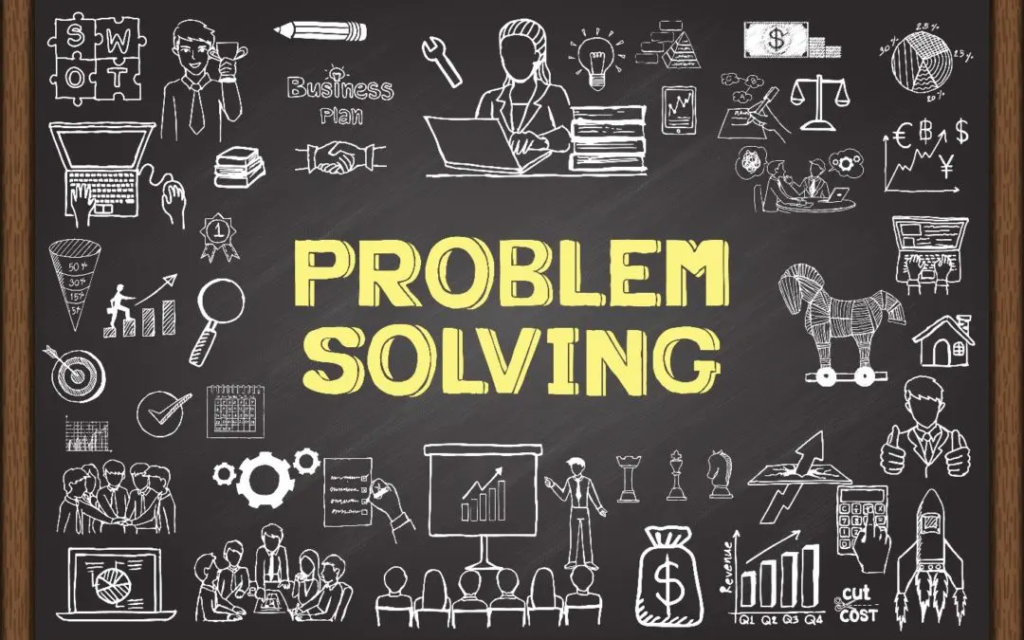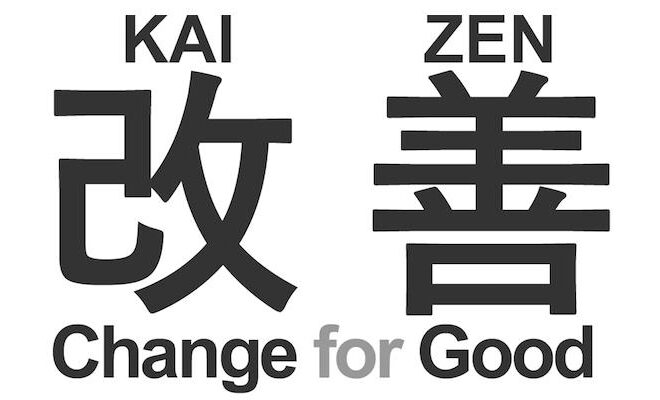Cultivating Creativity and Innovation: Skills for Solving Complex Problems
In today’s rapidly changing world, the ability to solve complex problems has become more crucial than ever. The challenges we face require innovative solutions that go beyond traditional thinking. Cultivating creativity and innovation is essential in developing the skills needed to tackle these complex problems head-on.
In this blog, we will explore the importance of creativity and innovation, and discuss practical ways to cultivate these skills.
Why Creativity and Innovation Matter:
Creativity and innovation are key drivers of progress and success in both personal and professional endeavours. They enable individuals and organizations to adapt to changing circumstances, identify new opportunities, and find unique solutions to complex problems. In a world filled with uncertainty and constant change, the ability to think creatively and innovate becomes a competitive advantage.
Understanding Creativity and Innovation:
Creativity and innovation are often used interchangeably, but they are distinct concepts. Creativity refers to the generation of novel ideas or concepts, while innovation involves implementing those ideas to create value. Both creativity and innovation are crucial for problem-solving, as they enable individuals to approach challenges from different angles and discover fresh perspectives.

Developing Creativity:
Embrace Curiosity:
Curiosity is the driving force behind creativity. For example, consider the story of Steve Jobs, the co-founder of Apple. Jobs was known for his insatiable curiosity, constantly seeking out new experiences and ideas. His curiosity led him to explore diverse fields, including calligraphy, which later influenced the typography of Apple products. By embracing curiosity, we open ourselves up to new possibilities and expand our creative horizons.
Foster a Creative Environment:
Creating an environment that encourages and supports creativity is essential. Pixar Animation Studios, known for its innovative storytelling and groundbreaking animations, fosters a creative environment by providing employees with the freedom to take risks and experiment. They have designated spaces where employees can unwind and engage in creative activities like drawing and sculpting. By surrounding yourself with inspiring and diverse stimuli, you can spark new ideas and foster creativity.
Practice Divergent Thinking:
Divergent thinking is the ability to generate multiple ideas and solutions. Consider the case of Airbnb, a company that disrupted the hospitality industry. The founders, Brian Chesky and Joe Gebbia used divergent thinking to come up with the idea of renting out air mattresses in their apartments during a high-demand event. This out-of-the-box thinking eventually led to the creation of a multi-billion-dollar business. Engage in activities that promote divergent thinking, such as brainstorming sessions or engaging in creative hobbies. Challenge yourself to think beyond conventional boundaries.

Developing Innovation:
Embrace Risk-Taking:
Innovation often involves taking calculated risks. Elon Musk, the CEO of SpaceX and Tesla, is known for his willingness to take risks and pursue ambitious goals. For example, when developing electric vehicles, Musk took the risk of building a network of Supercharger stations to address the range anxiety associated with electric cars. By embracing risk-taking, we open ourselves up to new possibilities and overcome the fear of failure, knowing that failure is a valuable learning experience.
Foster Collaboration:
Innovation thrives in collaborative environments. The open-source software movement is a prime example of collaboration leading to innovation. Developers from around the world come together to contribute their expertise and ideas, resulting in the creation of powerful and groundbreaking software such as Linux and the Apache web server. Foster a culture of collaboration by encouraging teamwork, cross-functional projects, and knowledge sharing. Embrace diverse perspectives and create spaces for idea exchange.
Promote a Growth Mindset:
A growth mindset is essential for fostering innovation. The late Thomas Edison, one of history’s greatest inventors, exemplified a growth mindset. Despite experiencing thousands of failures during his quest to create a practical electric light bulb, he famously said, “I have not failed. I’ve just found 10,000 ways that won’t work.” Edison’s resilience and belief in continuous improvement ultimately led to his success. Encourage a culture that values continuous learning, feedback, and improvement to foster innovation within yourself and your organization.

Applying Creativity and Innovation to Problem-Solving:
Identify the Problem:
Begin by clearly defining the problem you are trying to solve. Let’s take the example of a healthcare organization facing challenges in patient care due to long waiting times. By identifying the root causes, such as inefficient processes or understaffing, you can target the problem more effectively.
Generate Ideas:
Use divergent thinking techniques to generate a wide range of ideas. In the case of the healthcare organization, brainstorming sessions involving doctors, nurses, and administrators can help gather different perspectives. Ideas such as implementing a digital appointment system, improving workflow, or hiring additional staff can be explored.
Evaluate and Select:
Once you have a pool of ideas, evaluate them based on their feasibility, potential impact, and alignment with your goals. For the healthcare organization, assessing factors such as cost, implementation complexity, and patient satisfaction can help in selecting the most viable ideas.
Prototype and Test:
Create prototypes or minimum viable products to test your ideas. In the case of the healthcare organization, a digital appointment system can be piloted in one department to gauge its effectiveness. Gather feedback from staff and patients, and iterate based on the results. Embrace the iterative process of refinement and improvement.

Cultivating creativity and innovation is essential for solving complex problems in today’s dynamic world. By embracing curiosity, creating a supportive environment, taking risks, fostering collaboration, and promoting a growth mindset, individuals and organizations can develop the skills needed to tackle challenges creatively and find innovative solutions. By applying these skills to problem-solving, we can unlock new opportunities and drive meaningful change.
Embrace your creativity, foster innovation, and become a problem-solving powerhouse. Remember, the world needs your unique perspective and innovative ideas to shape a better future.





